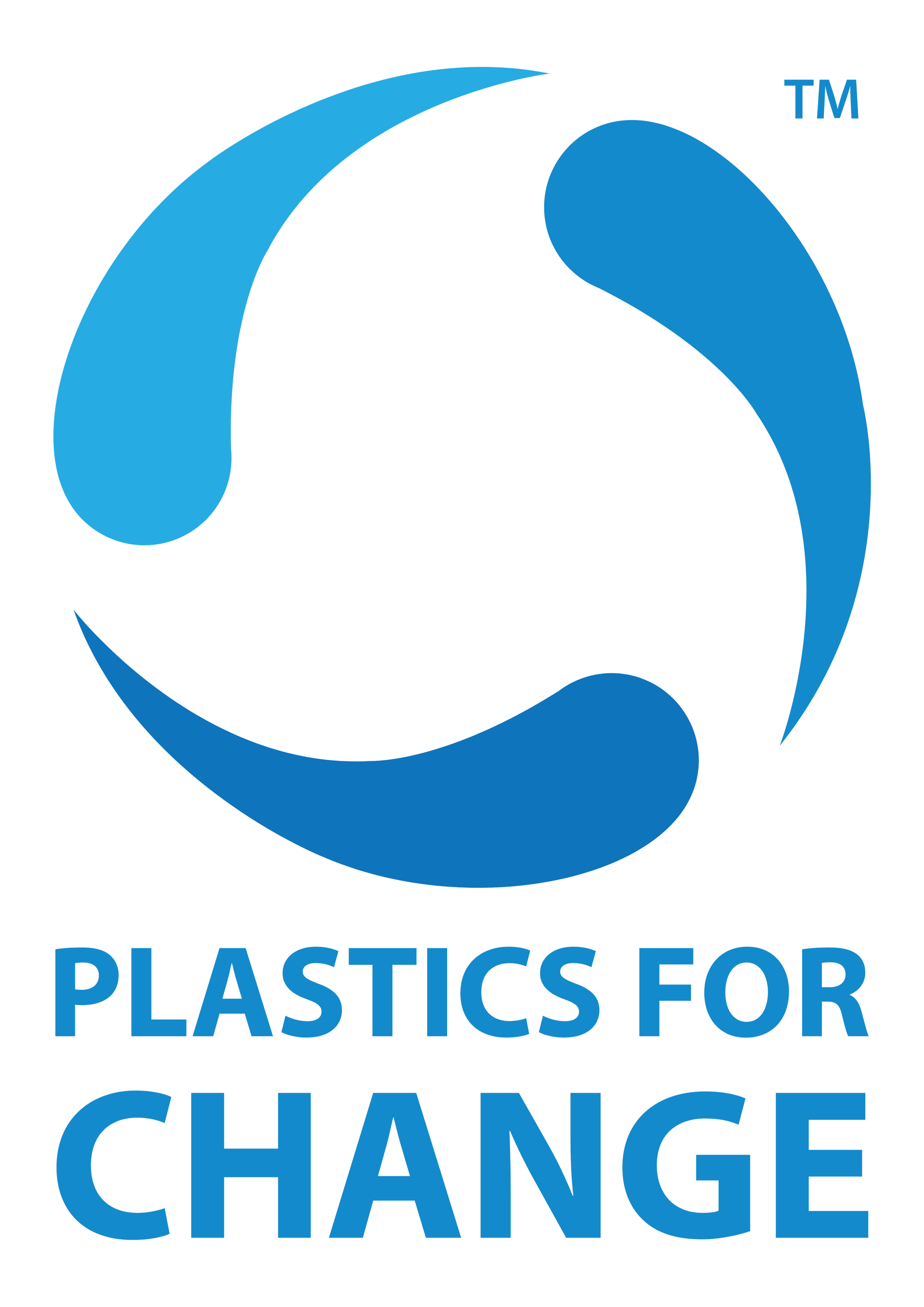Japan’s 15% PET Bottle Rule Is Redefining Circularity and Forcing the World to Rethink How (and Who) Makes Recycling Possible
Japan is tightening its packaging regulations once again and this time, it’s sending a strong message to the global plastics industry.
From January 2026, PET beverage bottles sold in Japan will be required to contain at least 15% recycled plastic by weight to receive official certification. Along with this, the Ministry of Economy, Trade and Industry (METI) has mandated a new set of design criteria: bottles must be colourless, labels must be easily separable, and caps must exclude PVC.
The initiative, part of Japan’s Plastics Resource Circulation Promotion Act, aims to accelerate the transition toward a circular plastics economy through enforceable rules.
(Source Credits: Plastics For Change)
For years, the global packaging sector has spoken about circularity, but most targets have remained voluntary. Japan’s move shifts that conversation from aspiration to obligation. So it means:
Creating Real Demand for Recycled Content: Mandating a minimum recycled-content threshold gives rPET producers a dependable demand base. It ensures that recycled plastic isn’t just an optional sustainability badge but a regulatory necessity.
Designing for Circularity: By banning coloured bottles and insisting on easily detachable labels, Japan is enforcing what many sustainability frameworks only recommend.
Driving Global Ripple Effects: Japan is a hub for consumer goods innovation. As brands adjust their packaging to comply locally, their suppliers including those in countries like India, Indonesia, and Vietnam will also have to align.
The Bottleneck No One Talks About
While this shift looks promising, it exposes the same global bottleneck: the availability and quality of recycled material.
Food-grade rPET remains in short supply. Many developing economies still lack infrastructure for source-segregated waste collection. And without strong social systems supporting waste pickers and local recyclers, the push for higher recycled content risks driving prices up without improving equity on the ground.
The truth is, policies can set targets but people make recycling possible.
What This Means for India and the Global South
For emerging economies like India, Japan’s rule represents both a challenge and an opportunity.
Multinational brands sourcing from Indian converters will increasingly need verified, traceable, high-quality recycled plastic. This means India’s informal recycling networks responsible for over 60% of the country’s plastic recovery could become a crucial link in the global circular economy, if integrated correctly.
The question clearly here is whether the system will be ready to deliver it responsibly, ethically, and inclusively.
Where Plastics For Change Fits In
(Source Credits: Plastics For Change)
We’ve long believed that the success of recycling lies not in the material alone, but in the people who recover it.
Our fair-trade-verified supply chains ensure that recycled plastic whether for packaging, textiles, or merchandise is ethically sourced, traceable, and of consistent quality. We partner directly with waste pickers and small scrap shops, providing them with stable livelihoods, transparent pricing, and access to formal markets.
As countries like Japan mandate higher recycled-content thresholds, our model provides the human infrastructure that makes such policies truly feasible. We connect the need for recycled PET in advanced markets to the capacity for ethical recovery in the Global South.
On the last note, Japan’s 15% rule is a reminder that sustainability must be built into both design and dignity.
As global demand for recycled content grows, the world will need supply chains that are not only efficient but also fair.
Plastics For Change continues to build that bridge between policy and practice, between recycling and livelihoods, between waste and worth.


